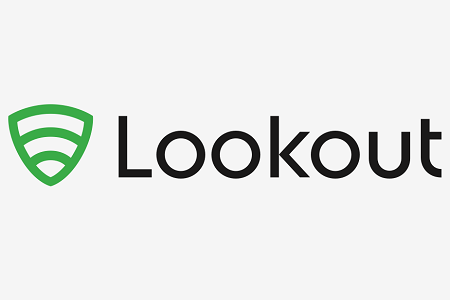Security | Threat Detection | Cyberattacks | DevSecOps | Compliance
Zero Trust
What You Missed at Aiming for Zero
In case you missed it, Netskope’s recent Aiming for Zero event was focused around how Zero Trust is more than just access controls and passwords—it’s a security concept that applies to all aspects of your network, your data, the applications you use, and the way you interact with them. If you missed the event and want to hear more about our deep dives int Zero Trust, there’s no need to worry!
Splunk and Zscaler Utilize Data and Zero Trust to Eradicate Threats
The past year has challenged us in unimaginable ways. We kept our distance for the greater good, while companies faced the daunting task of transforming their workforce from in-person to remote — practically overnight. This presented a unique challenge for cybersecurity teams. How would they ensure employees retained access to critical data in a secure way? Working in the cloud has made remote work easier for many organizations, but has also presented new risks.
The Zero Trust lesson behind mobile phishing against Australian officials
Australia recently confirmed that a series of mobile phishing attacks were successfully executed on senior officials. According to The Sydney Morning Herald, the targets – which included Australia’s finance minister, health minister and ambassador to the U.S. – were sent messages asking them to validate new WhatsApp or Telegram accounts.
The difference between SASE and Zero Trust
Customers often ask me: What is the difference between Zero Trust and SASE? My answer is almost always the same: Nothing….and, everything. Both have taken the industry by storm over the last couple of years, and even more so with the security and access demands on the business driven by the existing remote workforce, but both have different implementation approaches. It is important to understand, however, that one does not fully provide the other; in fact, they reinforce each other.
Netskope Private Access
Defining Zero Trust Data Protection
The biggest fundamental shift in the era of digital transformation is that data is no longer on a CPU that the enterprise owns. Security teams focused on cloud must invest in the right technology to achieve more complete data protection, and we all need to ensure Zero Trust principles are applied everywhere data needs protection. At Netskope, we describe this as Zero Trust Data Protection. In its simplest form, Zero Trust means: Don’t trust the things you do not need to trust.
Cybersecurity strategy.... To Plan or not to plan...That is the question
What is a strategy? As defined by Merriam Webster…. ‘a carefully developed plan or method for achieving a goal or the skill in developing and undertaking such a plan or method.’ A cybersecurity strategy is extremely important, but many organizations lack a strategy, or they have not kept their strategy and subsequent roadmap current. A strategy is especially important in this day of digital transformation and for key initiatives like Zero Trust.
Zero Trust Model for Cloud Security
(Guest Blog) For decades, companies have relied on perimeter protection solutions to restrict their digital resources. These included passwords to authenticate users, intrusion detection systems and firewalls. With time, passwords became inadequate in preventing unauthorized access, and most shifted to two-factor authentication systems like one-time SMS codes or tokens. This change significantly enhanced security, but the approach only focused on securing the perimeter.
Defense Department Cybersecurity: All Ahead on Zero Trust
With the Defense Department’s quick and successful pivot to a remote workforce last Spring via its Commercial Virtual Remote (CVR) environment, it proved that the future to fully operate from anywhere in the world is now. Gone are the days of thousands of civilian employees heading into the Pentagon or other installations everyday. However, with this new disparate workforce comes increased risks for network security. As my colleague Bill Wright expertly noted last Summer.









